Construction of Higher Education Management Cloud Space Based on Machine Learning and Artificial Intelligence
DOI: 10.23977/jaip.2024.070318 | Downloads: 13 | Views: 973
Author(s)
Jiaxin Zhao 1, Yiyang Li 1
Affiliation(s)
1 International Education Management, Woosong University, Daejeon Metropolitan City, South Korea
Corresponding Author
Jiaxin ZhaoABSTRACT
In the context of the "Internet plus" era, the use of online learning has become the mainstream trend, and mobile learning, as a new learning method, is favored by more and more people. The cloud space of higher education management (HEM for short here) has been continuously developed, providing great convenience for people's learning. However, the traditional management of higher education is gradually difficult to adapt to the development of the times, and many problems have emerged. In order to improve the practicability and popularity of HEM, deep learning (DL) in machine learning (ML) algorithm can be used to store data, and artificial intelligence (AI) technology can be used for intelligent analysis. This paper compared the construction of HEM cloud space based on ML with traditional methods in theoretical education and practical education. The experimental results showed that the practicability of HEM cloud space based on ML and traditional methods was 65% and 55.4% respectively. The average popularization rate of theoretical education was 71.8% and 62.6%, and that of practical education was 73% and 59%. Therefore, the HEM cloud space based on ML under AI can improve the practicability and the popularity of learning.
KEYWORDS
Higher Education Management; Cloud Space Construction; Machine Learning; Artificial IntelligenceCITE THIS PAPER
Jiaxin Zhao, Yiyang Li, Construction of Higher Education Management Cloud Space Based on Machine Learning and Artificial Intelligence. Journal of Artificial Intelligence Practice (2024) Vol. 7: 146-155. DOI: http://dx.doi.org/10.23977/jaip.2024.070318.
REFERENCES
[1] Bond, Melissa. "Digital transformation in German higher education: student and teacher perceptions and usage of digital media." International Journal of Educational Technology in Higher Education 15.1 (2018): 1-20.
[2] Williamson, Ben. "Policy networks, performance metrics and platform markets: Charting the expanding data infrastructure of higher education." British Journal of Educational Technology 50.6 (2019): 2794-2809.
[3] Abazi-Bexheti, Lejla. "LMS solution: Evidence of Google Classroom usage in higher education." Business Systems Research: International journal of the Society for Advancing Innovation and Research in Economy 9.1 (2018): 31-43.
[4] Jackson, Nicole C. "Managing for competency with innovation change in higher education: Examining the pitfalls and pivots of digital transformation." Business Horizons 62.6 (2019): 761-772.
[5] Wang, Jun-Bo. "A machine learning framework for resource allocation assisted by cloud computing." IEEE Network 32.2 (2018): 144-151.
[6] Williamson, Ben. "The hidden architecture of higher education: building a big data infrastructure for the 'smarter university'." International Journal of Educational Technology in Higher Education 15.1 (2018): 1-26.
[7] Uddin, Shahadat. "Comparing different supervised machine learning algorithms for disease prediction." BMC medical informatics and decision making 19.1 (2019): 1-16.
[8] Zawacki-Richter, Olaf. "Systematic review of research on artificial intelligence applications in higher education–where are the educators?" International Journal of Educational Technology in Higher Education 16.1 (2019): 1-27.
[9] Li, Zile. "Full-space cloud of random points with a scrambling metasurface." Light: Science & Applications 7.1 (2018): 1-8.
[10] Baanqud, Noria Saeed. "Engagement in cloud-supported collaborative learning and student knowledge construction: a modeling study." International Journal of Educational Technology in Higher Education 17.1 (2020): 1-23.
[11] Lu, Huimin. "Brain intelligence: go beyond artificial intelligence." Mobile Networks and Applications 23.2 (2018): 368-375.
[12] Hosny, Ahmed. "Artificial intelligence in radiology." Nature Reviews Cancer 18.8 (2018): 500-510.
[13] Sarker, Iqbal H. "Machine learning: Algorithms, real-world applications and research directions." SN Computer Science 2.3 (2021): 1-21.
[14] Pouyanfar, Samira. "A survey on deep learning: Algorithms, techniques, and applications." ACM Computing Surveys (CSUR) 51.5 (2018): 1-36.
[15] Li, Xiaoxu. "Large-margin regularized softmax cross-entropy loss." IEEE access 7 (2019): 19572-19578.
| Downloads: | 16045 |
|---|---|
| Visits: | 553280 |
Sponsors, Associates, and Links
-
Power Systems Computation
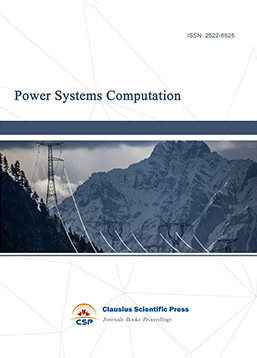
-
Internet of Things (IoT) and Engineering Applications
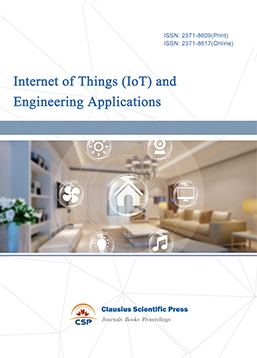
-
Computing, Performance and Communication Systems
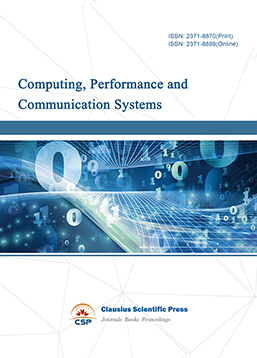
-
Advances in Computer, Signals and Systems

-
Journal of Network Computing and Applications
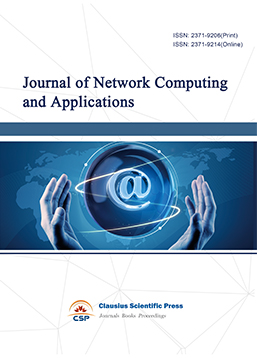
-
Journal of Web Systems and Applications
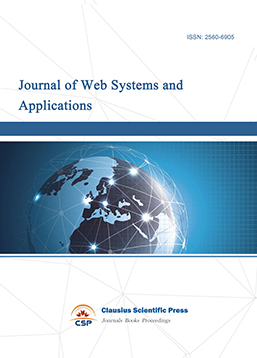
-
Journal of Electrotechnology, Electrical Engineering and Management
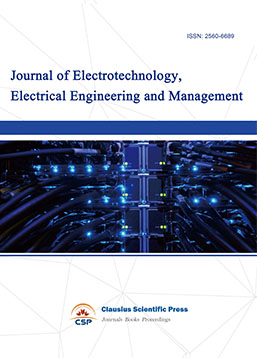
-
Journal of Wireless Sensors and Sensor Networks

-
Journal of Image Processing Theory and Applications

-
Mobile Computing and Networking

-
Vehicle Power and Propulsion
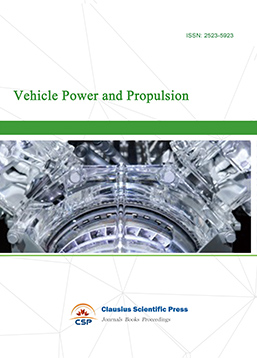
-
Frontiers in Computer Vision and Pattern Recognition
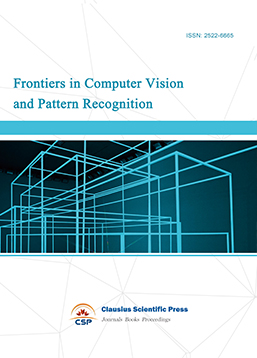
-
Knowledge Discovery and Data Mining Letters
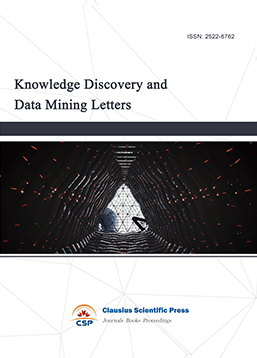
-
Big Data Analysis and Cloud Computing
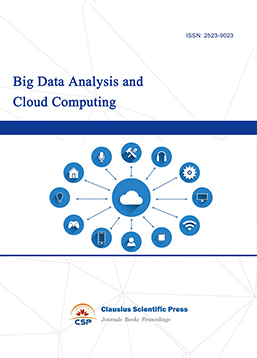
-
Electrical Insulation and Dielectrics
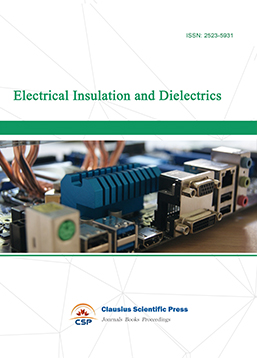
-
Crypto and Information Security
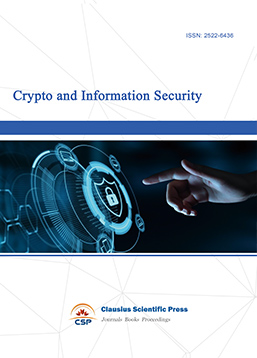
-
Journal of Neural Information Processing
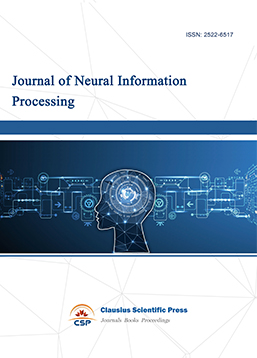
-
Collaborative and Social Computing

-
International Journal of Network and Communication Technology
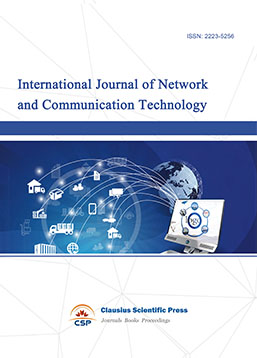
-
File and Storage Technologies
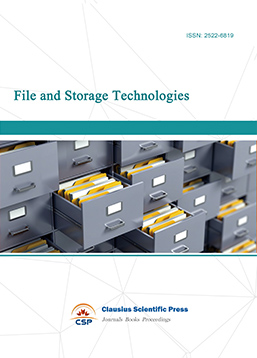
-
Frontiers in Genetic and Evolutionary Computation
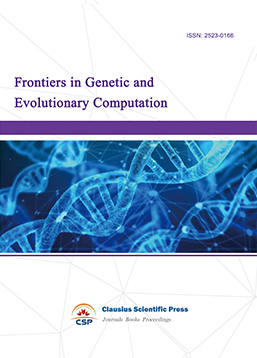
-
Optical Network Design and Modeling
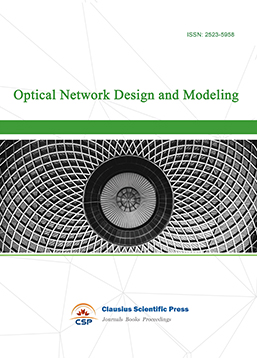
-
Journal of Virtual Reality and Artificial Intelligence
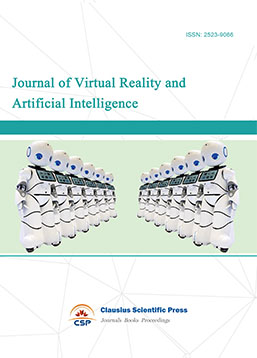
-
Natural Language Processing and Speech Recognition
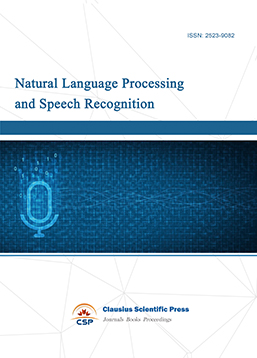
-
Journal of High-Voltage
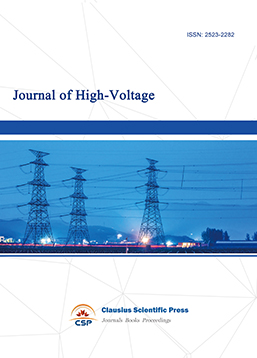
-
Programming Languages and Operating Systems
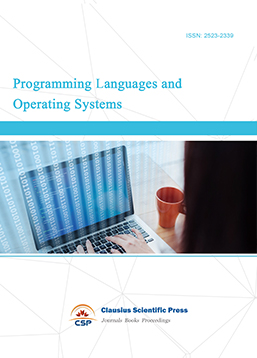
-
Visual Communications and Image Processing

-
Journal of Systems Analysis and Integration
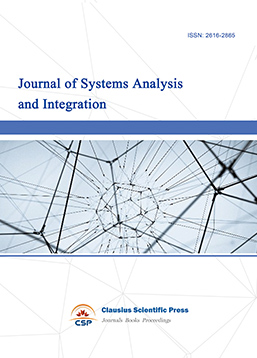
-
Knowledge Representation and Automated Reasoning
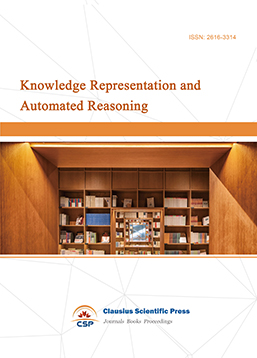
-
Review of Information Display Techniques
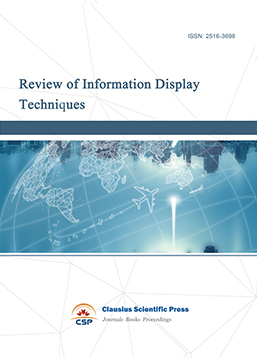
-
Data and Knowledge Engineering
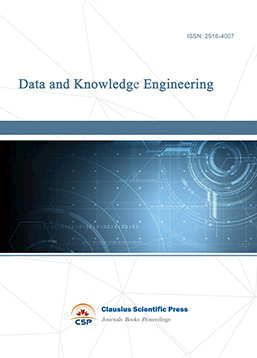
-
Journal of Database Systems
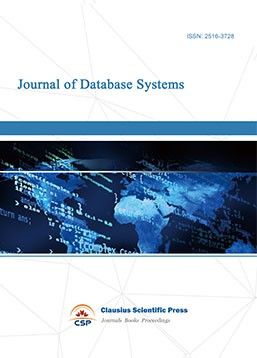
-
Journal of Cluster and Grid Computing

-
Cloud and Service-Oriented Computing
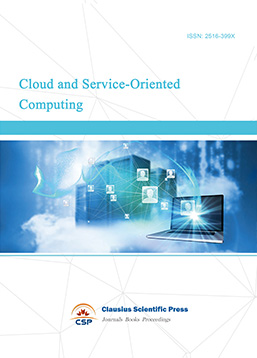
-
Journal of Networking, Architecture and Storage
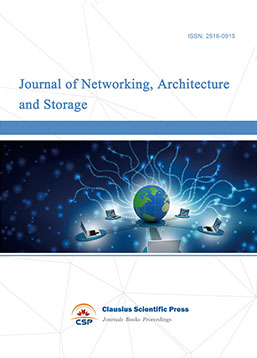
-
Journal of Software Engineering and Metrics
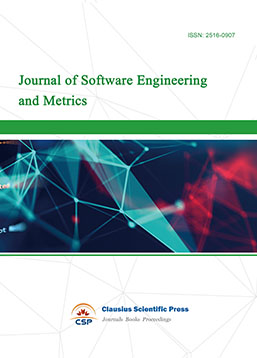
-
Visualization Techniques

-
Journal of Parallel and Distributed Processing
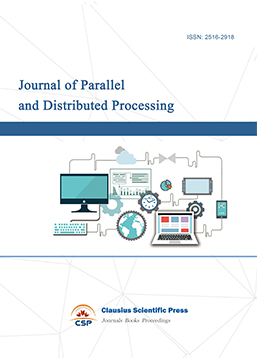
-
Journal of Modeling, Analysis and Simulation
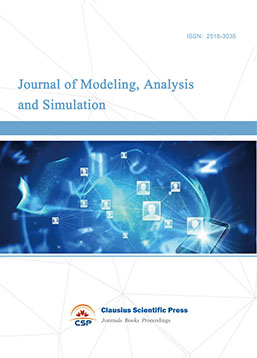
-
Journal of Privacy, Trust and Security

-
Journal of Cognitive Informatics and Cognitive Computing
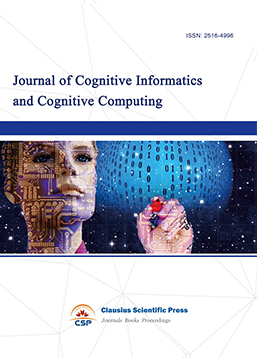
-
Lecture Notes on Wireless Networks and Communications

-
International Journal of Computer and Communications Security
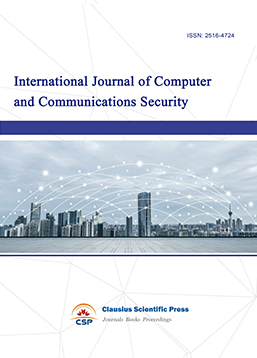
-
Journal of Multimedia Techniques

-
Automation and Machine Learning
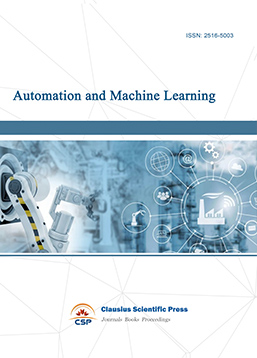
-
Computational Linguistics Letters
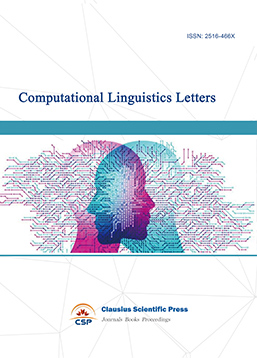
-
Journal of Computer Architecture and Design
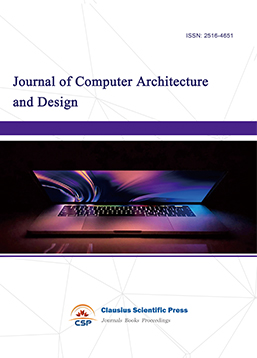
-
Journal of Ubiquitous and Future Networks


 Download as PDF
Download as PDF